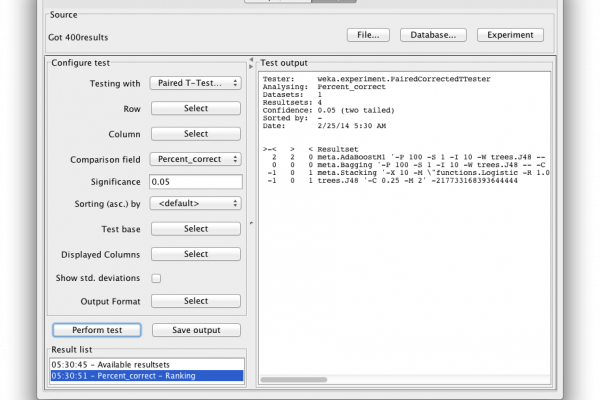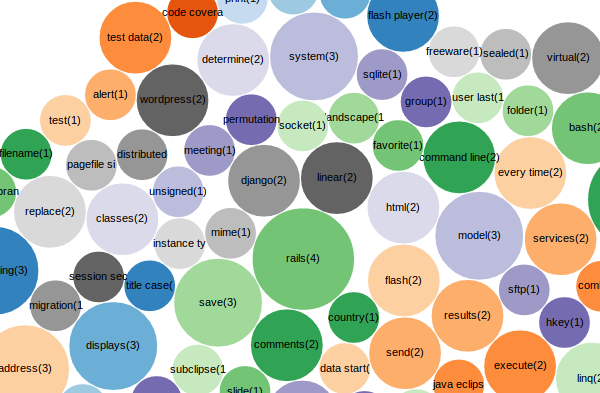How to Tune a Machine Learning Algorithm in Weka
Last Updated on August 22, 2019 Weka is the perfect platform for learning machine learning. It provides a graphical user interface for exploring and experimenting with machine learning algorithms on datasets, without you having to worry about the mathematics or the programming. In a previous post we looked at how to design and run an experiment with 3 algorithms on a dataset and how to analyse and report the results. Manhattan Skyline, because we are going to be looking at […]
Read more








